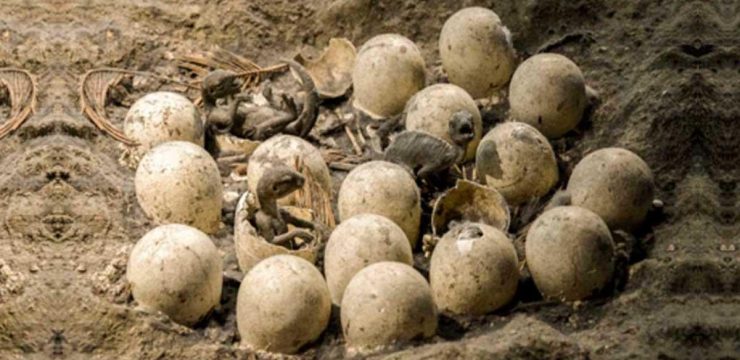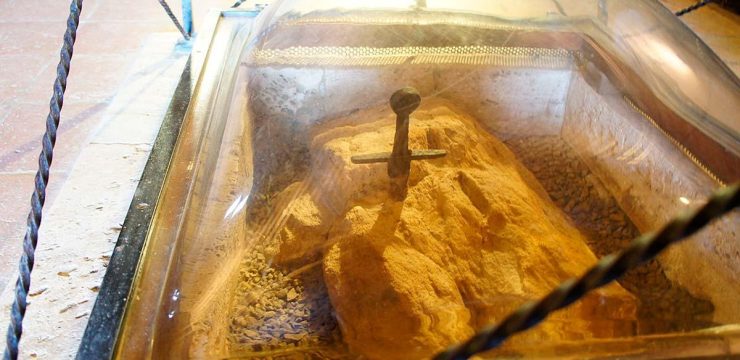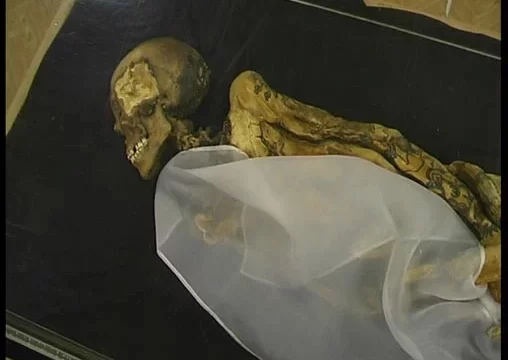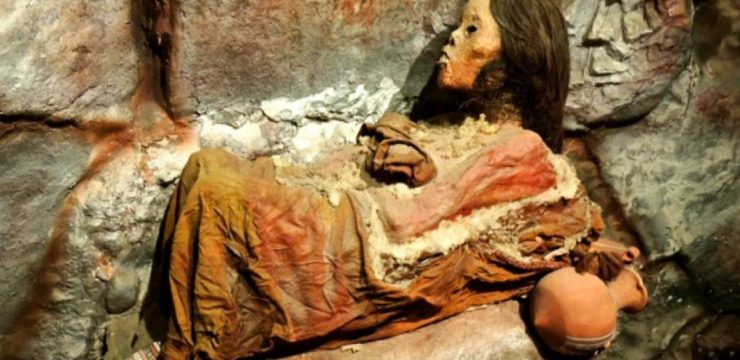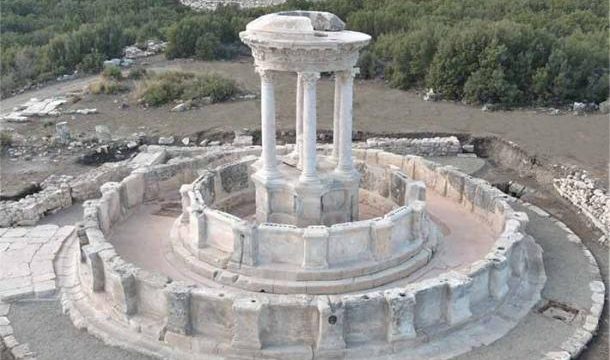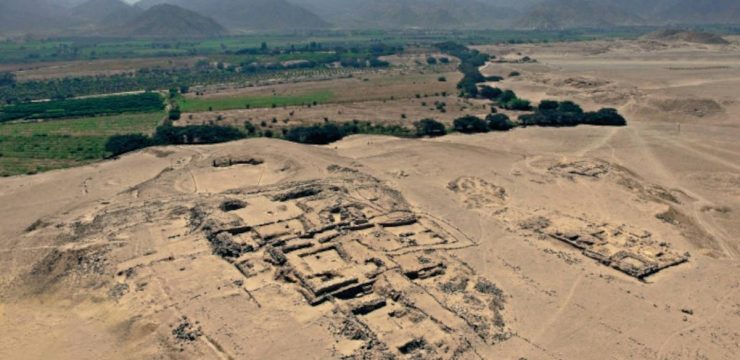In 1834, on the historic Plain of Marathon, a remarkable discovery was made—an ancient Corinthian helmet, possibly worn by a Greek warrior during one of the most significant battles in history. This artifact, now housed in the Royal Ontario Museum (ROM), serves as a tangible link to the heroic age of Ancient Greece and the legendary Battle of Marathon in 490 BC. The discovery of this helmet is not just an archaeological milestone but also a bridge between the past and present, offering a glimpse into the warfare, craftsmanship, and mysteries of the classical world.
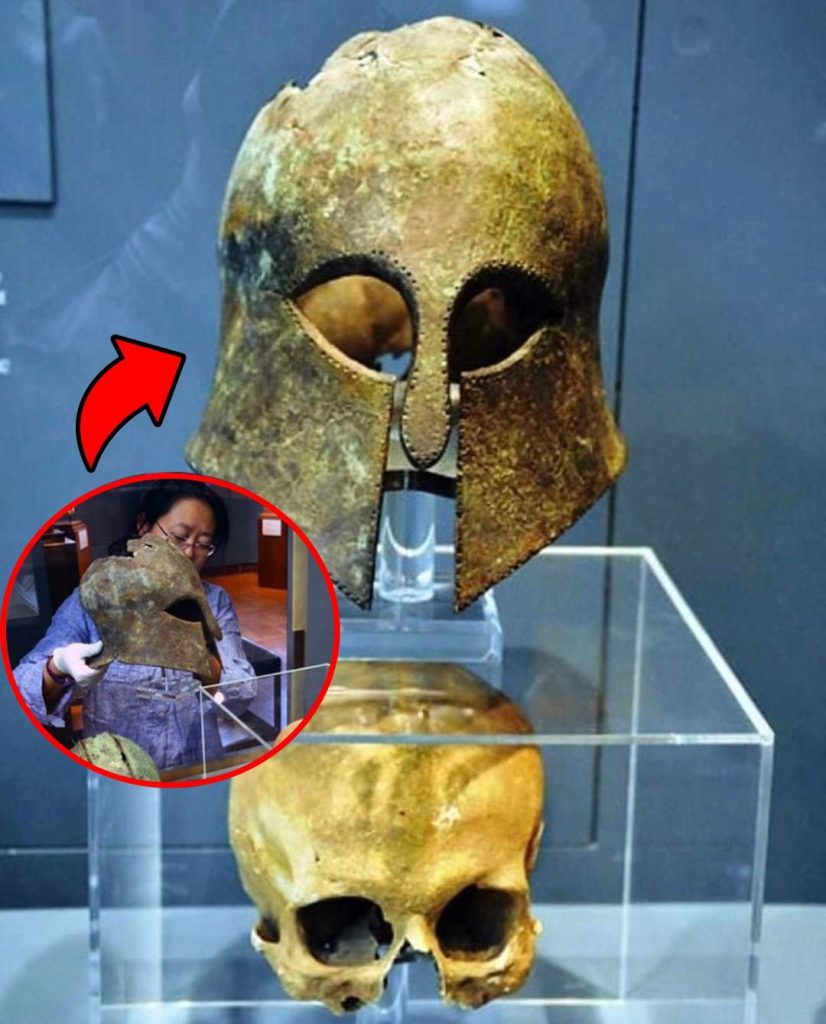
The helmet’s journey from the battlefield to its current resting place in the museum is a tale rich with intrigue. It was excavated by George Nugent-Grenville, 2nd Baron Nugent of Carlanstown, an influential British politician and historian with a deep interest in antiquities. Following its discovery, the helmet changed hands through various collectors before ultimately being acquired by the ROM in 1926. However, what makes this artifact even more fascinating is the report that a human skull was found inside it. This eerie detail adds an air of mystery to its provenance, prompting scholars and archaeologists to explore whether the skull belonged to the helmet’s original owner, possibly a fallen Greek warrior, or if it was placed there at a later time for reasons yet unknown.
The Corinthian helmet itself is one of the most recognizable pieces of ancient Greek military equipment. Designed for the hoplite soldiers who fought in phalanx formations, this helmet style offered a balance of protection and mobility. Crafted from a single sheet of bronze, the helmet covers the entire head and face, leaving only narrow slits for the eyes and a small opening for the mouth. Over time, this design evolved to provide more comfort while maintaining its defensive capabilities. The helmet discovered at Marathon provides invaluable insights into the craftsmanship of the period. Its varying thickness—ranging from 2-3 mm on the faceplate to less than 1 mm on the crown and back—demonstrates a sophisticated understanding of metallurgy and strategic design. Ancient armorers intentionally reinforced the front of the helmet where direct attacks were most likely to land while keeping the rear thinner to reduce overall weight.
Yet, despite the excitement surrounding this discovery, several mysteries remain. The most perplexing question revolves around the helmet’s direct association with the Battle of Marathon. If it truly belonged to a Greek warrior who fought in the battle, why was it left behind? Historical accounts suggest that the victorious Greeks would not have abandoned the equipment of their fallen comrades, as battlefield remains were typically collected for proper burial or repurposed. Some scholars speculate that the helmet, along with the skull, could have been part of a later offering or memorial left at the battlefield. Others believe that it may have belonged to a Persian warrior, captured and later discarded, though this theory is less widely accepted given the distinct Greek design of the helmet.
The presence of the skull only deepens the enigma. In classical warfare, bodies were often removed from the battlefield and given proper rites, making it unusual for a helmet with a skull inside to survive through the ages. Was this warrior a casualty left behind, an exception to Greek customs? Or was the helmet repurposed long after the battle, possibly as an offering to the gods or a relic of war preserved for ceremonial reasons? The lack of definitive answers has fueled ongoing debates among historians and archaeologists, ensuring that this helmet remains one of the most intriguing artifacts from the ancient world.
Despite the uncertainties, this Corinthian helmet stands as a testament to the enduring fascination with Ancient Greece and its legendary battles. The Battle of Marathon itself is one of the most celebrated moments in Western history, marking a pivotal victory for the Greeks against the invading Persian forces of King Darius I. This triumph secured Athens’ independence and set the stage for the development of classical Greek civilization. The discovery of this helmet on the battlefield site reinforces the historical significance of the location, serving as a direct link to one of history’s defining conflicts.
Beyond its historical implications, the helmet continues to captivate modern artisans and craftsmen who seek to replicate its design. The study of ancient armor not only aids historians but also inspires contemporary makers of historical replicas, allowing for a better understanding of the practical functionality of such equipment. Museums, researchers, and history enthusiasts alike continue to explore the materials and techniques used in crafting these helmets, ensuring that knowledge of ancient metallurgy is preserved and passed down through generations.
Additionally, this artifact serves as a powerful educational tool, drawing attention to the evolution of warfare and the individuals who shaped history. It provides a rare, personal connection to the warriors who fought in battles that defined the ancient world. Standing before this helmet in the Royal Ontario Museum, visitors can imagine the life of the hoplite who once wore it—his fears, his triumphs, and his role in defending the fledgling democracy of Athens. The very presence of this helmet in a modern setting reminds us of the resilience of human history, the stories embedded in ancient artifacts, and the importance of preserving these links to our past.
As research continues, new discoveries may further illuminate the origins and journey of this helmet. Advances in forensic archaeology and material analysis could offer deeper insights into the metallurgy used in its construction, as well as potential clues about its last owner. DNA testing on the skull, if still available, could provide information on the warrior’s origin, potentially confirming whether he was Greek or from another region. Each technological advancement brings the possibility of unraveling new details about this fascinating relic.
Ultimately, this Corinthian helmet is more than just an artifact; it is a symbol of an era marked by courage, innovation, and the clash of civilizations. It allows us to step back in time and connect with a defining moment in history, reminding us of the sacrifices made by those who shaped the world we live in today. Whether it belonged to a fallen warrior of Marathon or served a different purpose entirely, its discovery continues to ignite curiosity and admiration, ensuring that the legacy of Ancient Greece endures for generations to come.
